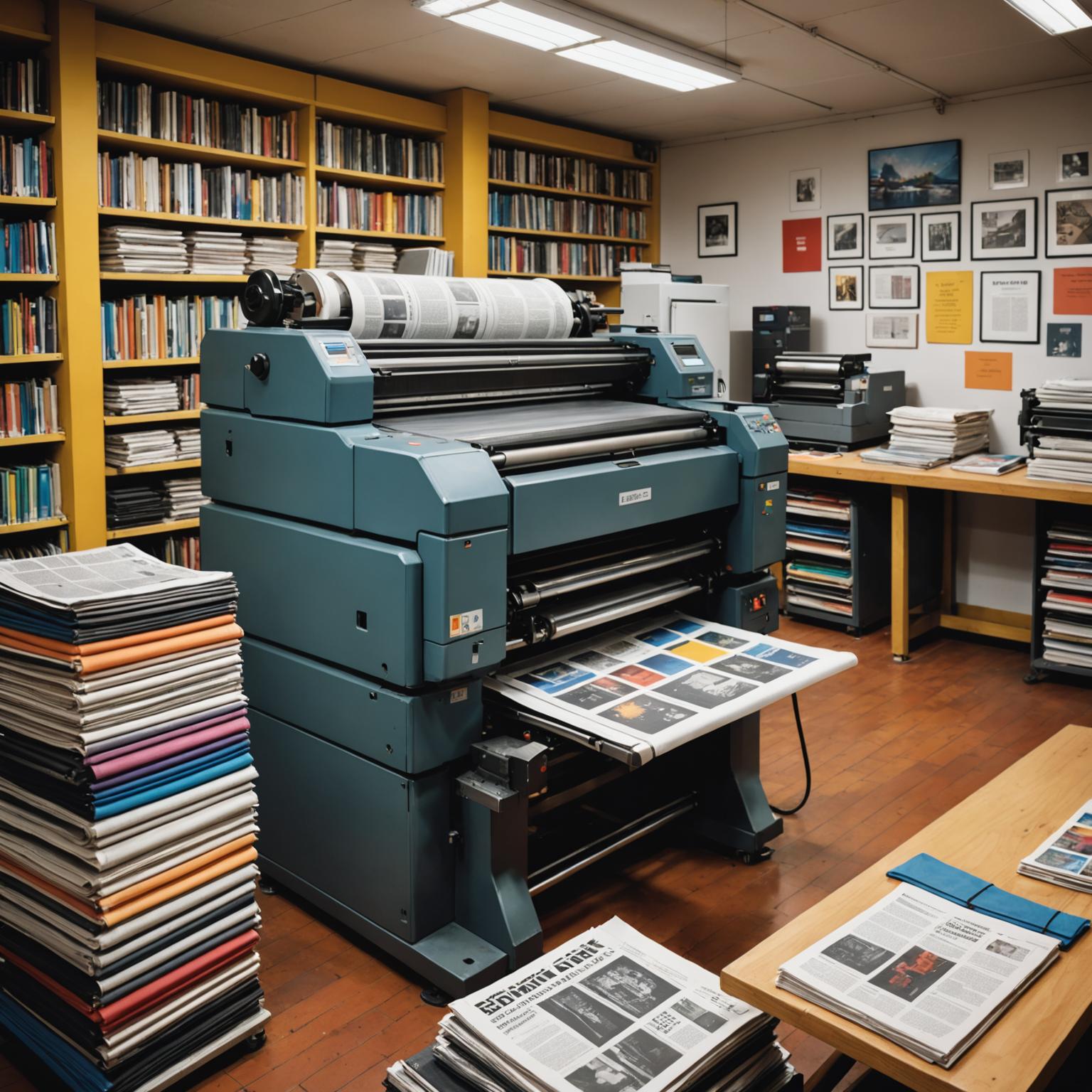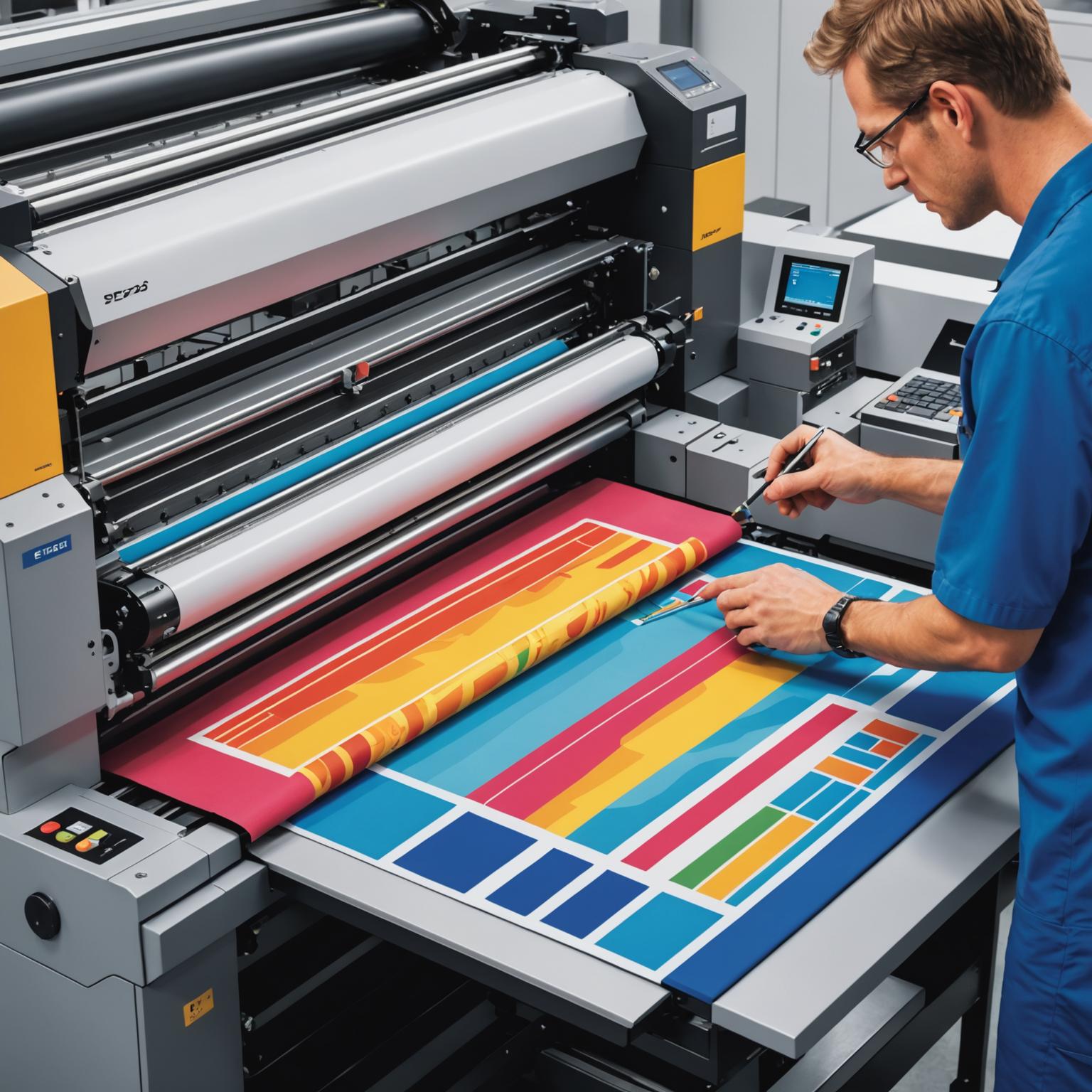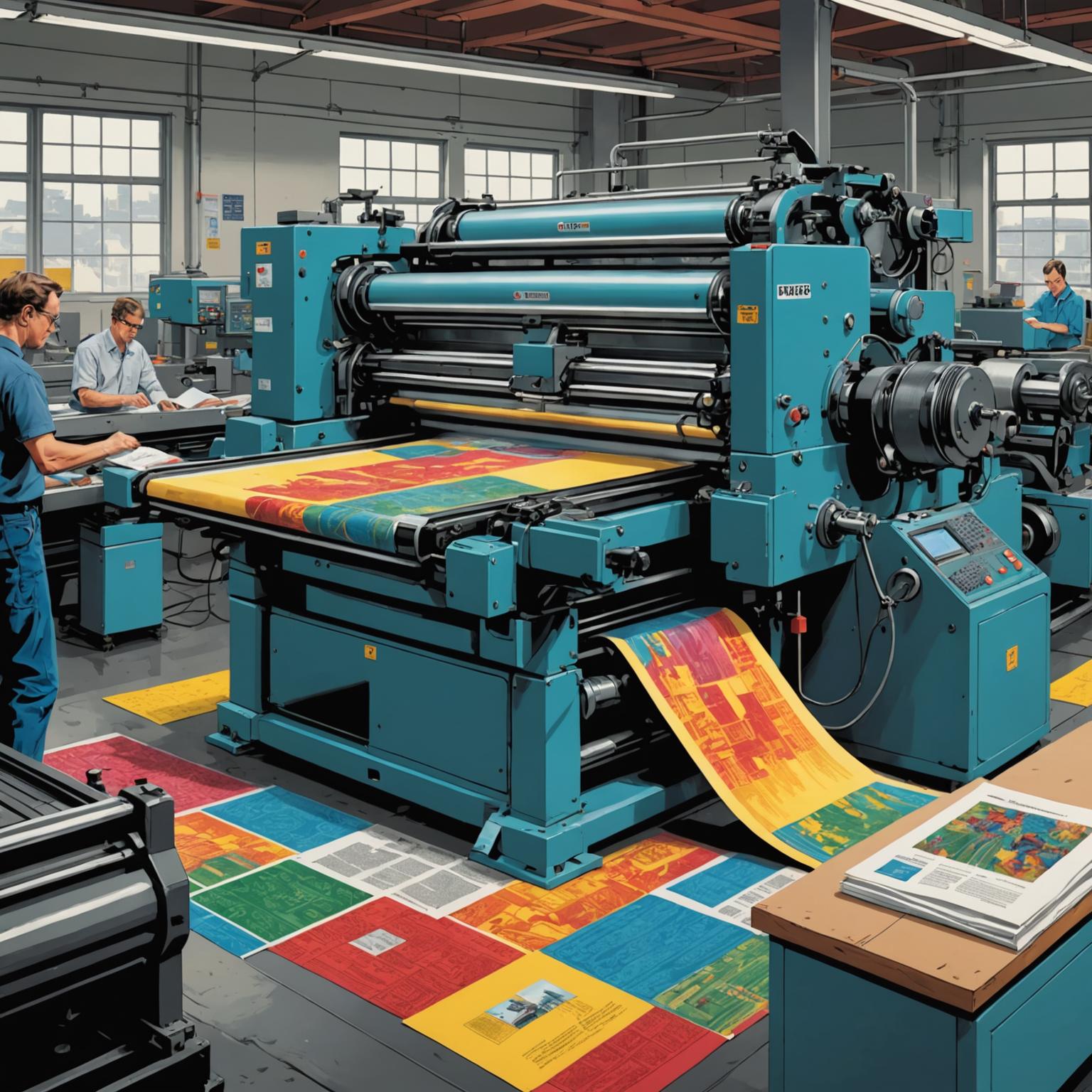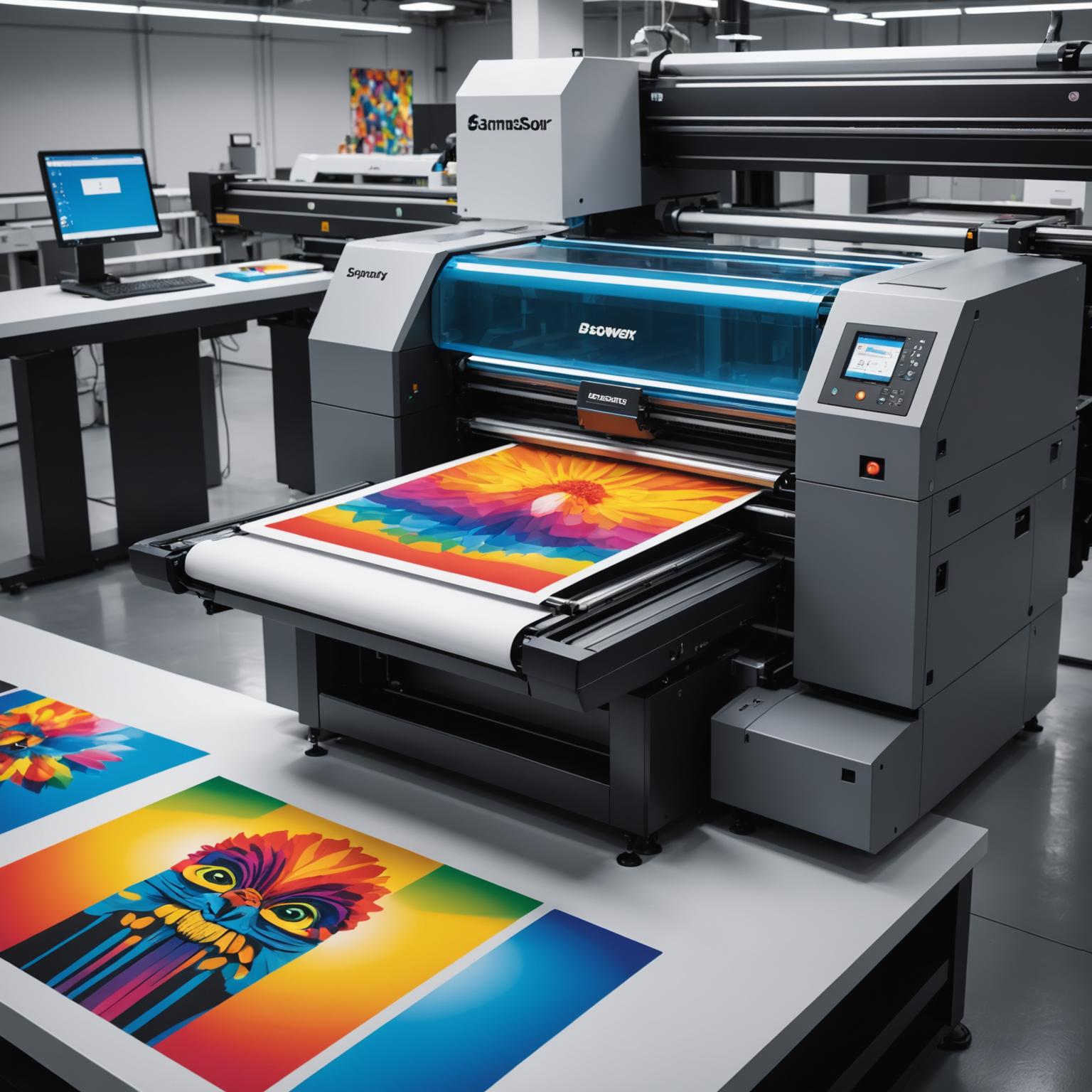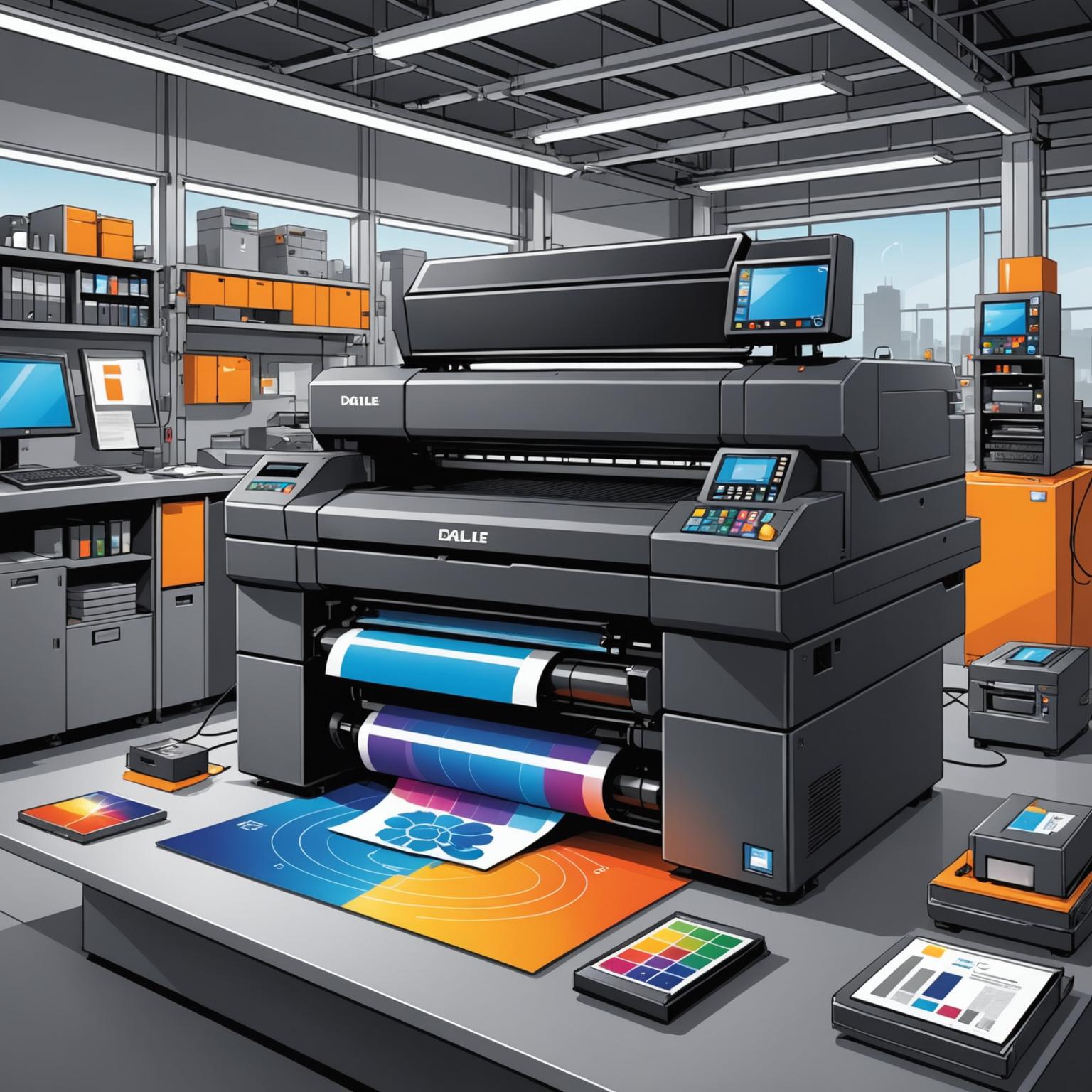The Evolution of Self-Adhesive Materials
Self-adhesive paper has become an indispensable part of modern logistics, retail, and office environments. From simple shipping labels to product branding, its convenience and versatility are undeniable. However, the world of adhesive materials extends far beyond these common uses. As technology advances and industries face more demanding operational conditions, the need for labels that can withstand extreme environments has led to the development of highly specialized solutions. These advanced labels are engineered for performance, ensuring that critical information remains intact no matter the challenge, pushing the boundaries of what standard adhesive products can do.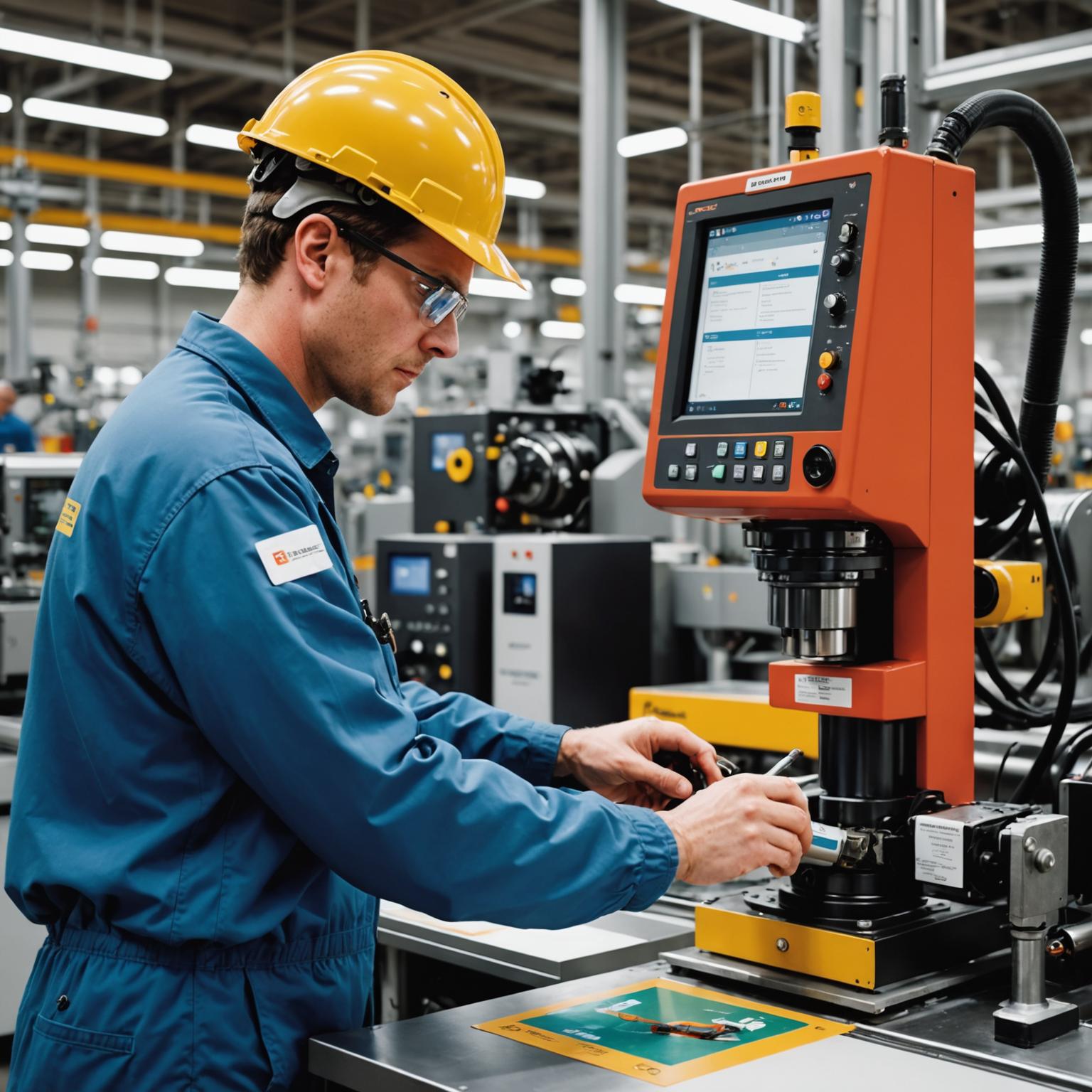
Meeting Demanding Industrial Needs: The Special Material Application Label
In sectors like manufacturing, aerospace, electronics, and automotive, standard paper labels are simply not sufficient. They can peel, tear, smudge, or degrade when exposed to high temperatures, harsh chemicals, moisture, or abrasion. This is where the special material application label comes into play. These are not your everyday labels; they are robust identification solutions crafted from durable synthetic materials such as polyester, polyimide, or vinyl. Each component, from the face stock to the adhesive, is carefully selected to resist specific environmental threats. For example, a label destined for an engine component must endure extreme heat and oil exposure, while a label used in a sterile medical facility needs to withstand sterilization processes like autoclaving. A special material application label ensures legibility, adhesion, and durability throughout the product's entire lifecycle.
Enhancing Safety with a Flame-Retardant Label
One of the most critical types of specialized labels is the flame-retardant label. In industries where fire safety is a paramount concern, every component must contribute to minimizing risk. These labels are specifically designed to resist ignition, prevent the spread of flames, and self-extinguish once the source of the fire is removed. A flame-retardant label is crucial for identifying components in electronics, such as printed circuit boards, power supplies, and battery packs, where an electrical fault could lead to a fire. They are also mandated in aviation, mass transit, and building materials to comply with strict safety regulations like the UL 94 standards. The material science behind these labels involves using substrates and adhesives that have inherent fire-resistant properties, providing a reliable and compliant identification solution that enhances overall product safety.
The Science Behind Specialized Labels
The creation of a high-performance label, like a flame-retardant or chemical-resistant one, is a feat of material engineering. The construction consists of three main layers: the face stock (the top surface where information is printed), the adhesive, and the liner (the backing paper that is removed). For a special material application label, each layer is a choice driven by the end-use requirements. The face stock might be a polyimide film for high-temperature resistance or a robust polyester for chemical and abrasion resistance. The adhesive is equally critical; it could be an acrylic-based adhesive formulated for a strong, permanent bond on low-surface-energy plastics or a silicone-based adhesive for extreme heat applications. The synergy between these components ensures that the label performs its function flawlessly, providing clear, permanent identification in environments where failure is not an option.
The Unseen Importance of the Right Label
In conclusion, while the term self-adhesive paper may conjure images of simple mailing labels, its technological evolution has produced a vast array of sophisticated products designed for the most challenging applications. From ensuring traceability in manufacturing with durable asset tags to enhancing safety with a purpose-built flame-retardant label, the right labeling solution is a critical, albeit often overlooked, component. As industries continue to innovate and push operational limits, the demand for even more resilient and intelligent labeling materials will grow, further cementing their role as essential elements in safety, compliance, and efficiency across countless sectors.


